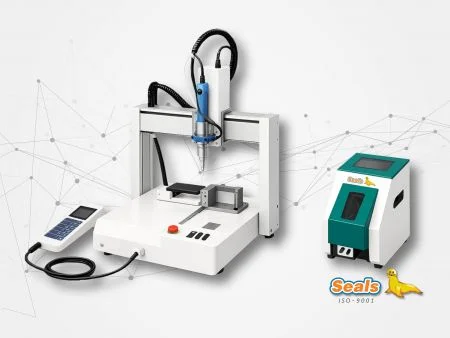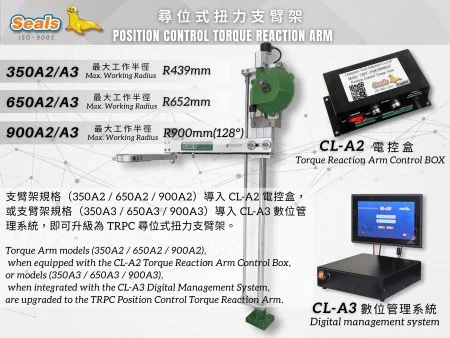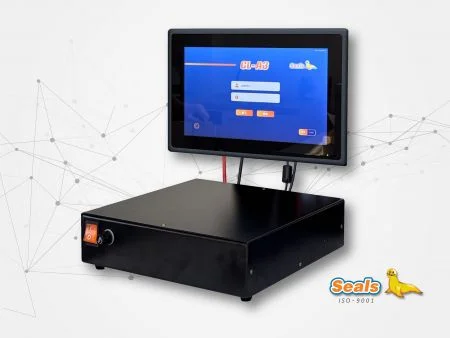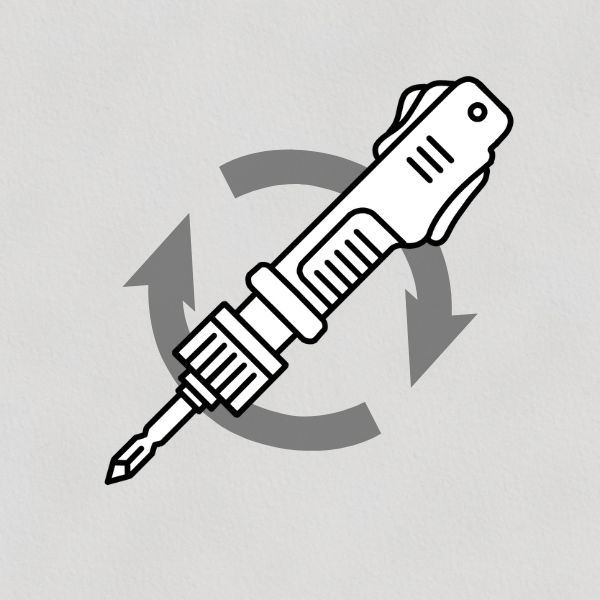Definition of Tool Torque
Q:How is the torque of tools used in automatic screw fastening machines defined?
A:All electric and pneumatic torque-controlled tools used in ChengMao’s automatic screw fastening machines are tested with a professional torque tester to determine their output torque. These measured values serve as the basis for production and model selection. If you require confirmation of the tightening or loosening torque after fastening on actual workpieces, we recommend providing samples during the inquiry stage. Our team will assist with testing to ensure the most suitable tool specifications are selected for your production needs.
- Related Products
-
-
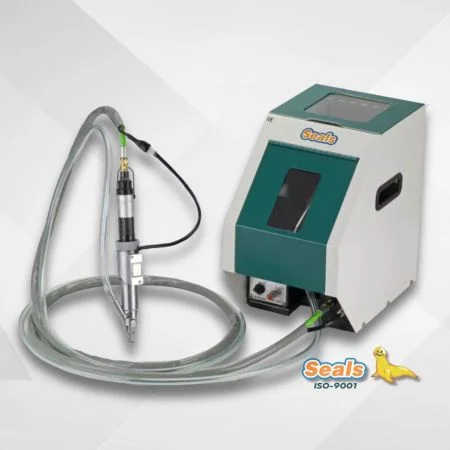
Automatic Screw Feeder with telescope screwdriver set
CM-30
SEALS Automatic Screw Feeder, CM-30, could keep the low noise and less scratch of screw surface in material hopper due to its up-and-down pushing board design. With Fiber Optic control, it also reduce noisy and saving power while it is full in chute. By the air blow feeding system, you can get the next screw within 0.5 second in jaw before you move to the next fasten position. No need to pick screw, no need to put screw into drive bit and prevent rust due to hand sweating. Meanwhile, the telescope type screwdriver set deliver the downward force into the sleeve of screw. It is quite essential for self tapping screw and wood screw. For automation integration, the screw feeder can be control to air blowing one screw by giving a dry contact. And, the screwdriver also can be installed into a cylinder for fastening stroke action in fully automation assembly line.
-
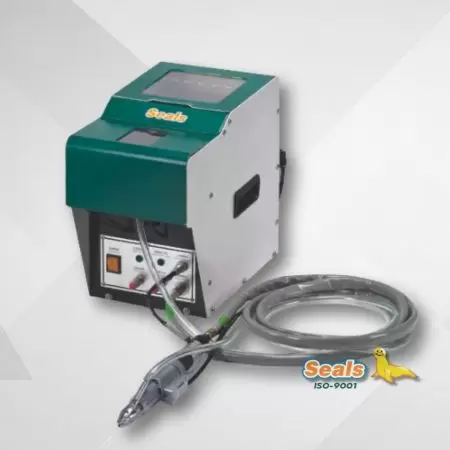
Automatic Screw Feeder with telescope screwdriver set
CM-40
The SEALS CM-40 Automatic Screw Feeder is designed for speed, stability, and convenience. It integrates high-precision jaws, a reliable automatic feeding system, and Japanese-made torque-controlled pneumatic or electric screwdrivers to significantly enhance screw fastening speed and production efficiency. The screw jaws are custom-designed based on the customer's screw type and working environment, ensuring smooth and stable operation. SEALS also provides screwdriver model recommendations tailored to your specific screw and workpiece characteristics to ensure optimal fastening results. The material hopper adopts an up-and-down pushing board design to minimize screw surface scratches and keep feeding noise to a minimum. Combined with a fiber optic control system, the feeder intelligently stops when the chute is full, saving power and further reducing noise. The air blow feeding mechanism enables the next screw to be delivered to the jaw within 0.5 seconds—often before the operator moves to the next fastening point—greatly improving cycle time. A horizontal vibration chute is available to improve feeding performance for lightweight screws, painted screws, or screws with washers. The telescope-type screwdriver delivers consistent downward force directly into the sleeve of the screw, making it particularly suitable for self-tapping screws and wood screws. For automation integration, the screw feeder can be triggered via a dry contact to blow one screw per cycle. The screwdriver can also be mounted on a cylinder to enable vertical fastening strokes in fully automated assembly systems.
-
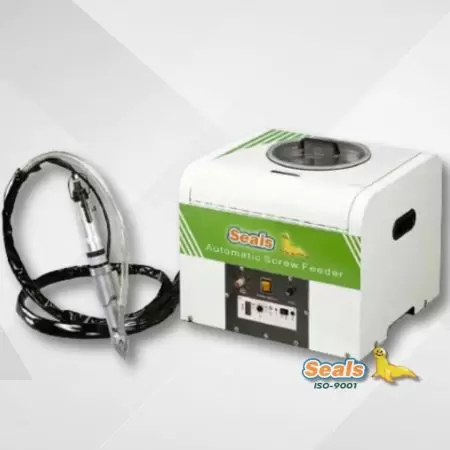
Vibration Bowl Type Automatic Screw Feeder
CM-501
The SEALS CM-501 vibration bowl type automatic screw feeder is designed for speed, stability, and convenience. With a maximum feeding rate of 50 screws per minute, it significantly improves fastening efficiency in production environments. The system supports a wide range of screw sizes, from M1.0 to M8, and screw lengths up to 30 mm. Compared to sword-type feeders, the vibration bowl design provides a larger screw capacity due to its built-in tank, making it suitable for long-duration operations with fewer refills. Integrated with a pneumatic or electric torque-controlled screwdriver and a custom precision jig, the CM-501 offers stable, reliable fastening performance across various applications such as electronics, aluminum products, plastic components, and hardware assemblies. Its simplified mechanical structure allows for easier maintenance and long-term operational stability. The jig and feeding configuration can also be customized to match specific screw dimensions and workpiece requirements.
-

